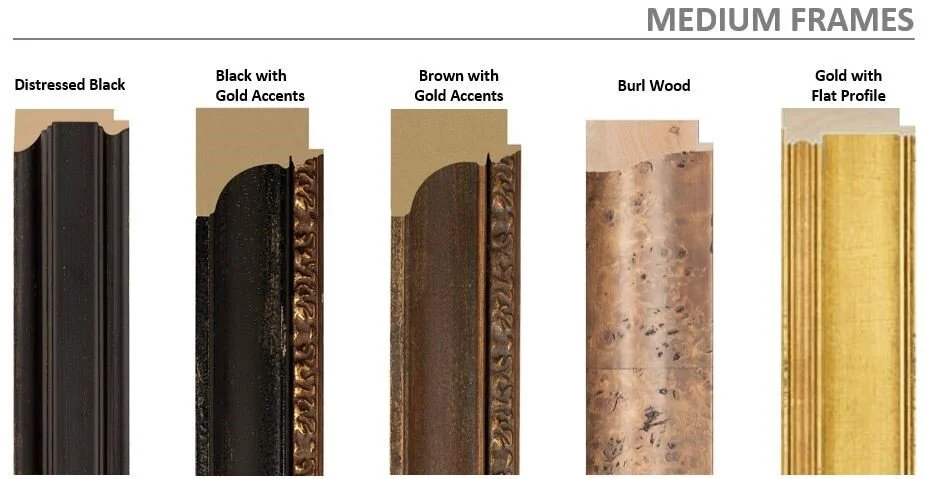Antique New York Black Yankees Pennant | Circa 1936-1948
Antique New York Black Yankees Pennant | Circa 1936-1948
Frame Size (H x L): 16.5” x 38”
Textile Size (H x L): 7.5” x 25.25” with 3.5” tassels.
Offered is an antique New York Black Yankees pennant. Its field is red, its hoist strip is yellow, and its tassels are purple. It features a batter at the plate, a pitcher on the mound, an umpire, a catcher, and several fielders. Pennants, such as this one, were sold at the ballpark and kept as souvenirs. Black Yankees’ pennants are rare and highly desirable.
HISTORY OF THE BLACK YANKEES
In 1931, Bill “Bojangles” Robinson and James “Soldier Boy” Semler” formed the Harlem Black Bombers, which would soon thereafter become the New York Black Yankees. Robinson was a dancer, actor, and singer, and between 1900 and 1949, he was the most highly compensated black entertainer in the US. Over the course of his career, he appeared on Broadway, on the radio, on television, and in films. His signature routine was the “Stair Dance,” in which he would tap up and down stairs in rhythmic, complex steps. Semler was an entrepreneur with ties to the numbers racket.
From 1931 to 1935, the Black Yankees were independent; from 1936 to 1948, they played in the Negro National League (“NNL”); and in 1949 and 1950, they returned to being independent. They endured a punishing schedule, regardless of whether they were playing independently or in a league. In one instance, they played a doubleheader in Pittsburgh, Pennsylvania and the following day played a doubleheader in South Orange, New Jersey, located 350 miles therefrom. To do this, they departed from Pittsburgh at 10:00 PM and drove through the night. While in transit, in the Allegheny Mountains, one of their two cars broke down. In response, 9 of the 16 players (i.e., a team’s worth) shoehorned themselves into the other car, and they returned on their way. Despite arriving 20 minutes late and only having around half the team, the umpires allowed them to play, and they won both games.
The Black Yankees played most of their games at Yankee Stadium, the only exceptions being in 1938 when they played at Triborough Stadium, and from 1948-1950 when they played at the Red Wing Baseball Stadium.
They were not a particularly good team. Between 1936 and 1948, the NNL years, they consistently finished in either last place or second to last place—largely the result of Semler’s unusual approach to building the team. He primarily utilized older, well-known players, the thinking being that collectively they would be good enough to win or—at the very least—popular enough to fill the seats. During World War II, Semler even boasted that the team was draft proof, being that every player was too old to be in the draft pool.
Although Semler’s strategy did not result in wins, it did result in a collection of notable players, including Fats Jenkins; Ted “Double Duty” Radcliffe; George “Mule” Suttles; Willie Wells; George Crowe; Carlos Ascanio; and perhaps most notably of all, Satchel Paige. Paige started in the NNL, but later played Major League Baseball (“MLB”) with Jackie Robinson and other desegregation pioneers. When he made the transition, in 1948, he was 42 years old and played for the Cleveland Indians. He pitched in the World Series that same year. His best pitch was his fastball, which he referred to by various names, including the Bat Dodger, the Midnight Rider, the Midnight Creeper, the Jump Ball, and the Trouble Ball. In 2010, Joe Posnanski of Sports Illustrated named him the hardest thrower in baseball history, the basis being that DiMaggio said so, Bob Feller said so, Hack Wilson said the baseball moved so fast that it looked like a marble, and Dizzy Dean said that Paige’s heater made his own look akin to a changeup.
In 1947, when Robinson signed with the Brooklyn Dodgers, NNL fans became MLB fans in an exponential fashion. The NNL disbanded the following year in 1948.
Conservation Process: This pennant was hand sewn to cotton fabric, and both were hand sewn to a mounting board. To prevent the black dye in the cotton fabric from seeping into the pennant, it was first washed in a standard wash and then in a dye setting wash. The pennant is positioned behind Conservation Clear Acrylic (standard) or behind Optium Museum Acrylic (per request).
Frame: This pennant is in a special edition Medium Frame. However, it can be reframed and would look great using any one of our standard Medium Frames, which are shown in the final image. Reframing of an offering may delay shipment by up to two weeks.
Condition Report: This offering is in excellent condition.
Collectability Level: The Great – Perfect for Rising Collectors
Date of Origin: 1936-1948









